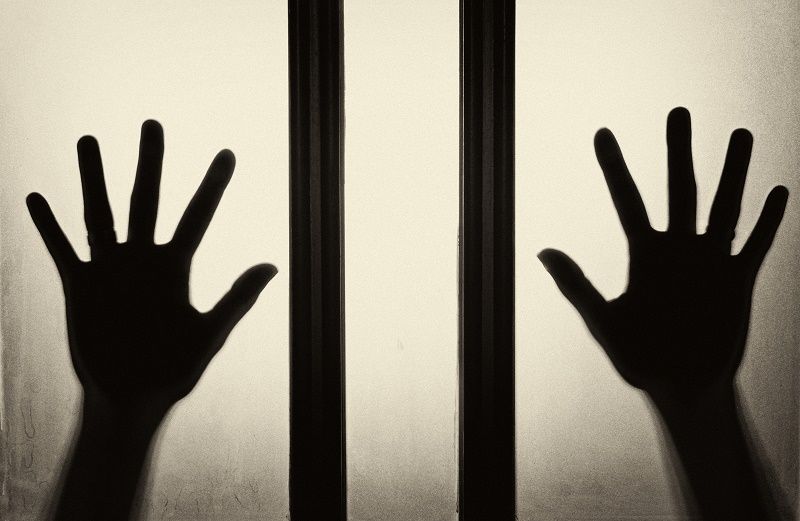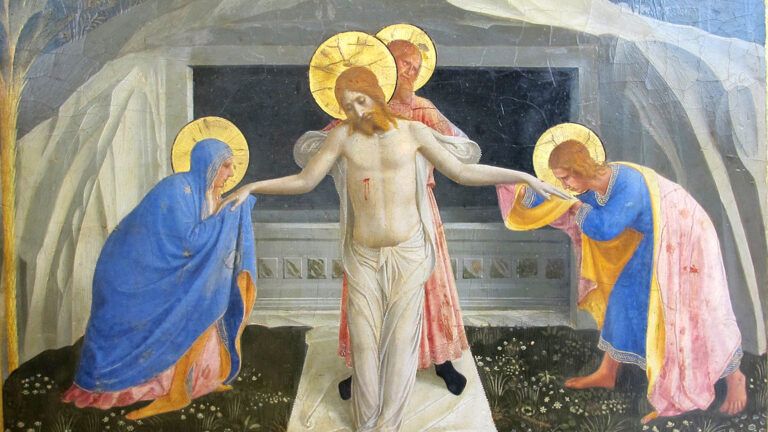The hearts are small and simple. Red or white cotton, embroidered with flowers and stars. For years, the Salvation Army used them to teach at-risk women in Bangladesh how to sew. Making the embroidered hearts was good training for more difficult craftwork.
In countries like Bangladesh, women with few marketable skills often become victims of human trafficking or sometimes turn to prostitution as a way to survive and feed their children. That’s why the Salvation Army established the Others program in 1997, to train women to be artists and craftspeople, making textiles and jewelry. The Salvation Army markets the women’s products, and the profits go back into creating more jobs, more hope.
Hundreds of women had been helped through Others by 2017. But no one gave much thought to the hearts.
Until the winter of 2017. That was when April Foster, the director of Others, went to Bangladesh to meet some women in the program. She was visiting a woman named Lucky, a graduate of Others who had started her own tailoring business.
Then came a knock on the door. A woman came in, sobbing. Her name was Rosie. Her husband had abandoned her and their two children. She had no money. “I’m going to have to go out on the street,” Rosie said.
“Here we were,” April says, “sitting in the home of a woman who’d successfully come through the Others program, and this very vulnerable woman—which is really how Others is trying to have an impact—walks in and reminds us that we can still do more.”
But how could Others continue to support the most vulnerable women at their greatest time of need? April—along with the Others team in Bangladesh—came up with a solution: the hearts. Those small embroidered hearts. What if they became a featured item in the Others product line? “They don’t need any special equipment or tools,” says April, “but making them has a high impact.” A woman could make five hearts in a day. If Others could sell 10,000 of these hearts, that would mean 2,000 days of work for impoverished women.
And so the 10,000 Hearts initiative was born. Each would be sold for $2. The goal was to sell at least that many by the end of the year.
Aduri, a mother of three living in Savar, Bangladesh, was one participant. “I started making the embroidered hearts for Others and saw my life improving with the income I made,” she says. Inspired, Aduri told other women in her community about the project. Since she began, Aduri has trained five women to make embroidered hearts. “I am able to pay the school expenses of my children,” she says. “Others has been a great blessing in my life.”
Another woman, Nipa, and her husband had been forced to take out a loan to support themselves when neither was employed. Since joining Others, the 20-year-old has paid off the loan in full. “When I am stitching the hearts,” she says, “I feel great joy in my heart.”
By December 2017, the Salvation Army had surpassed its target six times over, selling more than 60,000 hearts worldwide. Rosie, the woman who’d inspired the initiative, was among the artisans who took part in the campaign. On a return trip to Bangladesh this year, April met up with Rosie, who is still involved with the Others program. “Since Others began, more than 1,600 women have come out of human trafficking and stepped into a very different future,” says April. “Their stories don’t end here, and neither does ours.”
For more inspiring stories, subscribe to Guideposts magazine.





